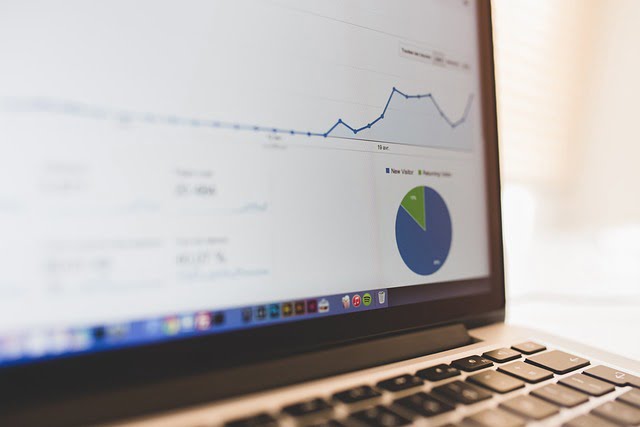Classification Of Computers by Size
Super Computer Supercomputers, also known as MONSTER, stand as the pinnacle of computing power, boasting unparalleled size, speed, and cost. Valued at several million dollars, these machines operate at speeds ranging from 600 million to 900 million instructions per second (MIP). Supercomputers find utility in various scientific endeavours, including weather forecasting and exploration, handling complex […]
Classification Of Computers by Size Read More »

